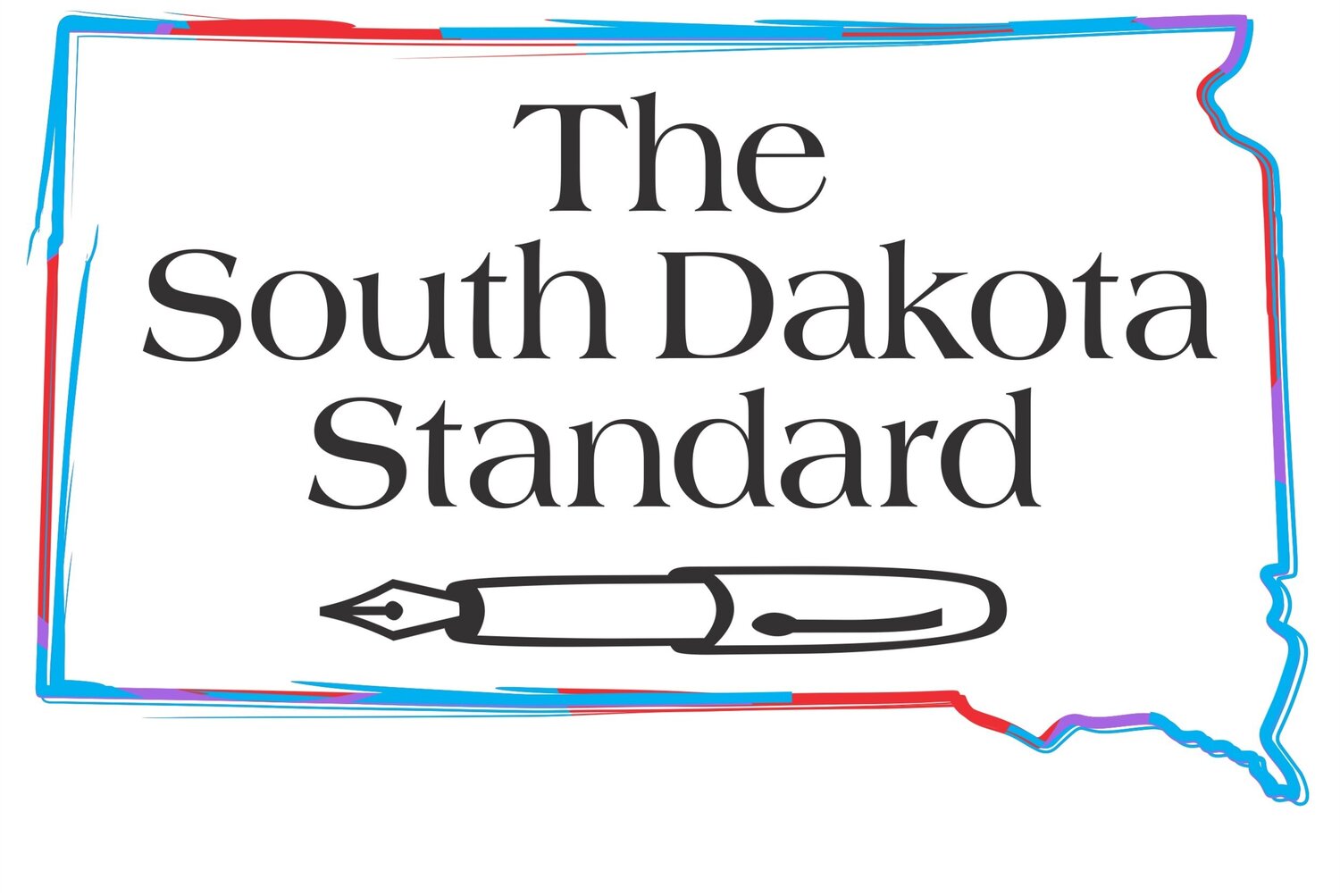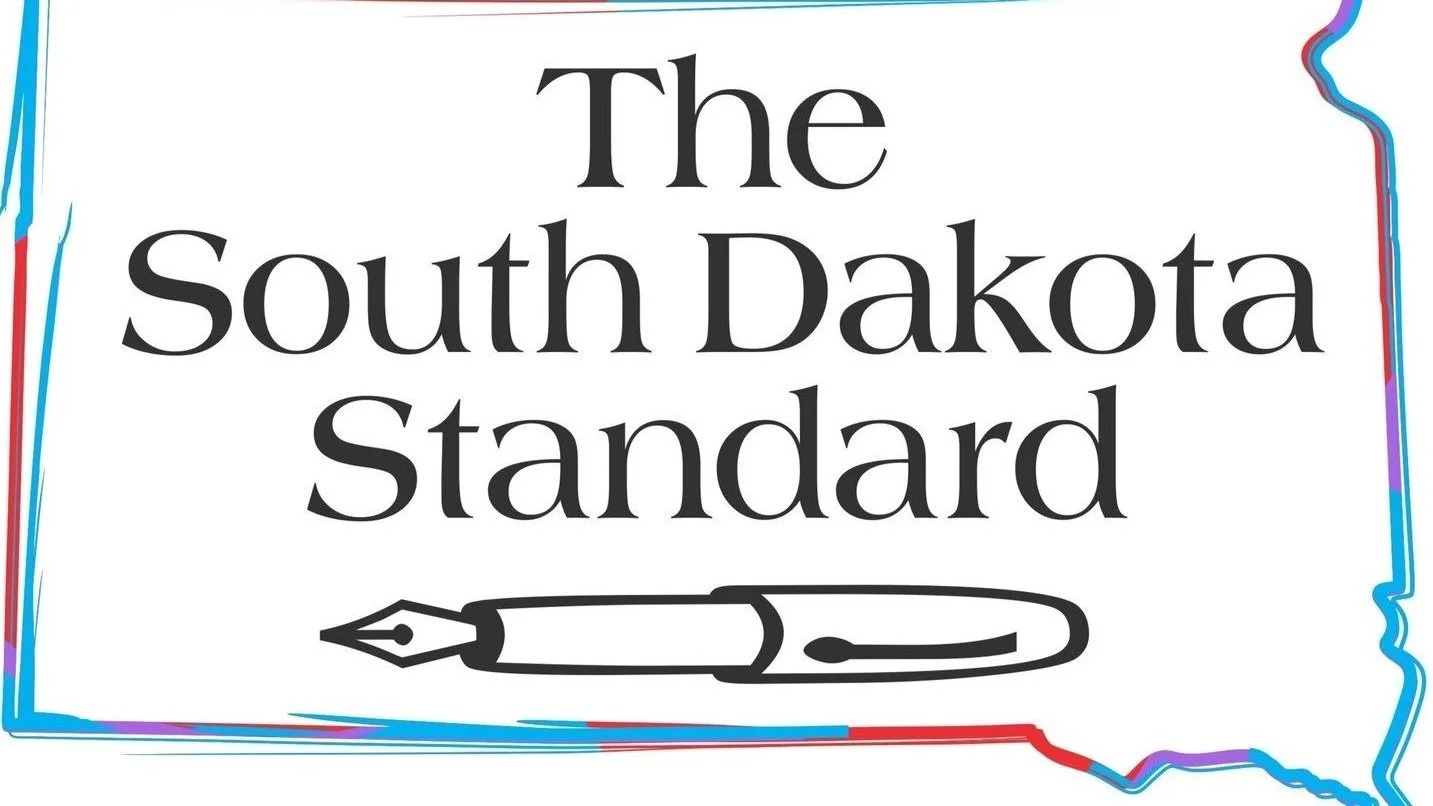South Dakota can continue to be isolated or we can join the growing passenger rail network. The choice is clear.
People live here. Yes, right here in South Dakota - our home that has often been derided as “flyover country”. For the first time in over 50 years, we have an opportunity to change that. We can have more affordable and convenient transportation options both within the state and to the outside world.
In February 2023, the Federal Railroad Administration (FRA) conducted study workshops to identify how to better connect underserved parts of the country (as shown in the public domain map above, posted in wikimedia commons) with the passenger rail network. The study recommended a new train route across the state that would connect Rapid City, Pierre, Sioux Falls and points in between with Denver and the Twin Cities.
Regrettably, in the wake of the April 2024 South Dakota State Railroad Board meeting, misconceptions have surfaced that could end up halting progress and perpetuating our isolation. Some believe there is no travel demand here, while others claim that decades-long disinvestment in railroad infrastructure should stop us from ever having passenger rail service. These unfounded assertions could not be further from the truth.
Travel demand
The FRA study concluded there is a lot of travel demand for trains through South Dakota, one of just two states in the ‘lower 48’ without Amtrak trains. This comes as no surprise for people who live here, as we are the home of two major population centers and a burgeoning tourist industry across the state.
Population density doesn’t ride trains, people do. People in our region have outsized travel needs compared to those in more population dense regions.
We often have to travel longer distances to reach essential services, more frequently, and in some adverse travel conditions, compared to those living on the coasts. Across the Amtrak network, long-distance trains, such as the Empire Builder service in North Dakota and Montana, perform exceptionally well — especially in rural areas like South Dakota.
The trans-South Dakota, Twin Cities to Denver, route has over 4 times the travel demand (on a per-mile basis) compared to the much-vaunted, and long-needed, route via southern North Dakota and Montana: the North Coast Hiawatha. Despite the Hiawatha’s potential lower travel demand, the FRA has recognized and supported the route through inclusion in the Corridor ID program. The Rail Passengers Association (whose board I sit on) conducted research which identified $271 Million in potential economic benefits to the states served, far exceeding the costs to operate the train.
In addition to the proposed North Coast Hiawatha restoration, the trans-South Dakota route has more travel demand per mile than the much-requested Denver-to-Dallas and Houston route (which includes a leg of the Texas Triangle proposed service) and the Twin Cities-to-Phoenix route.
If there is justification to expand Sioux Falls and Rapid City airports (which I support), there is certainly the demand for modal diversification - especially for a transportation mode that can more directly serve additional communities all across the state.
National investment value
While existing neglected railroad infrastructure in South Dakota does not currently support passenger trains, that has no bearing on the need for rail service in our state. Any transportation infrastructure upgrade faces engineering and implementation challenges. When we are spending billions of dollars subsidizing the highway and aviation networks (not just essential air services), we can find the money to get South Dakota ‘on the map’.
We should have as much right to federal investment as those living on the coasts and the Northeast Corridor in particular, where proponents are proposing a $9 billion redevelopment project for Washington DC Union Station, to enhance service to a metropolitan area that already has many rail options.
As South Dakotans, we already should be investing more in our state railroad system for freight and economic development. Not completing long-proposed freight-focused projects has real financial costs to operators and South Dakota taxpayers. As a start, SDDOT could pursue some of the $2.4 Billion in CRISI NOFO funding currently available and seize the opportunity to apply for a comprehensive grant to address all proposed freight rail projects across South Dakota.
With regards to the argument that the geology of Pierre shale precludes passenger rail service, trains could utilize the Mitchell - Chamberlain - Kadoka - Rapid City alignment due to it having fewer recorded soil issues. Regardless, I am quite certain engineers can find ways to address these challenges. If we can figure out how to safely build two new Hudson River tunnels, and create projects like the Gotthard Base Tunnel and Tibetan Railway, we can find ways to manage these soil issues safely and cost-effectively.
Finally, some argue that we should not invest in South Dakota passenger rail because the state will lose Special Transportation Circumstance (STC) grant funding. This would happen anyway when Minnesota or Iowa establishes passenger rail service that enters the state as proposed in their State Rail Plans. And while out-of-state connections to Sioux Falls are badly needed, they will do little to help western South Dakota 340 miles away.
Concluding thoughts
The Federal Railroad Administration’s comprehensive long-distance rail study resulted in the proposed network of routes that would greatly enhance transportation access across this country. The carefully-considered plan reflects the four primary criteria Congress established when considering potential new long-distance routes:
● link and serve large and small communities as part of a regional rail network;
● advance the economic and social well-being of rural areas of the United States;
● provide enhanced connectivity for the national long-distance passenger rail system;
and
● reflect public engagement and local and regional support for restored passenger railservice.
The proposed rail line across South Dakota meets all of these criteria.
Far from being too expensive to consider South Dakota for passenger rail service, Amtrak and the nation can ill afford to exclude us. We can ill afford to ignore the importance of South Dakota and railroads in our broader economy. South Dakota can continue to be isolated for decades to come, or we can join this nation’s growing passenger rail network. The choice is clear.
People live here!
Dan Bilka of Madison in Lake County is co-founder and president, All Aboard Northwest.







